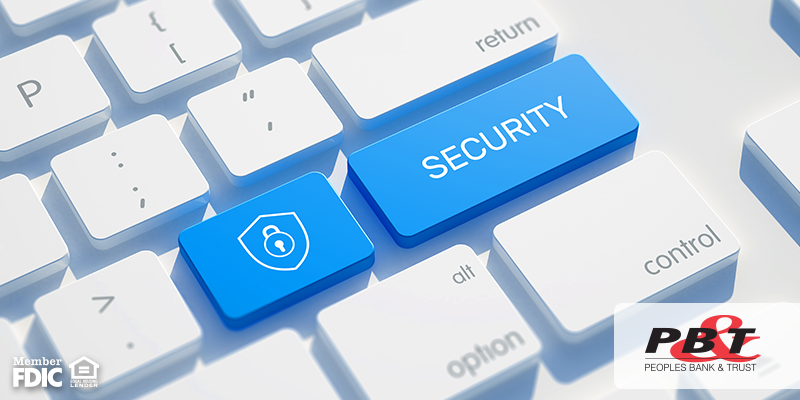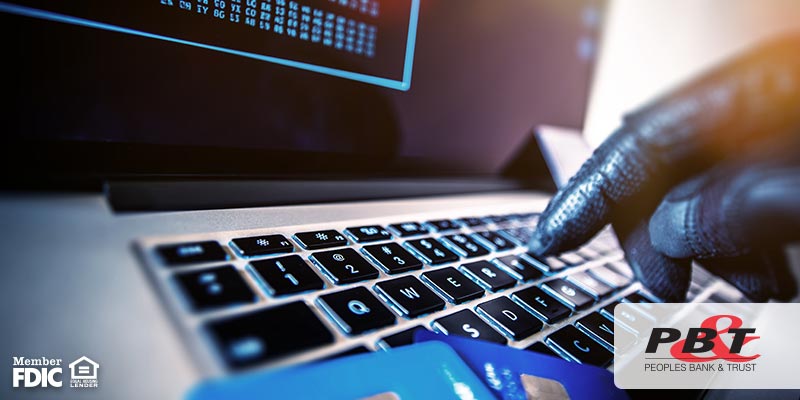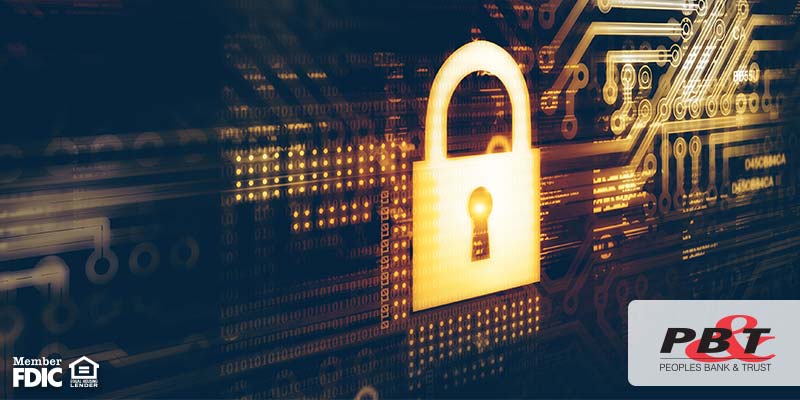For homeowners, home equity loans can provide a helpful financial resource. To make the most of them, it’s important to first understand the basics. In this guide, we’ll break down the different aspects of home equity loans into simple terms, ensuring you’re well-informed and confident.
Understanding Home Equity Loans
A home equity loan is a type of loan that allows you to borrow money using the equity you’ve built up in your home as collateral. Equity is the difference between the current value of your home and the amount you still owe on your mortgage.
Assessing Your Finances
Before jumping into the world of home equity loans, it’s essential to assess your financial situation thoroughly. This step ensures you’re well-prepared and can make informed decisions. Here are simple steps to help you evaluate your finances before applying for a home equity loan.
- Calculate your home’s equity
- Check your credit score
- Evaluate your income and expenses
- Estimate your loan amount and monthly payments
- Consider your loan purpose
- Prepare for additional costs
- Anticipate future changes
Choosing the Right Home Equity Loan
Picking the perfect home equity loan involves a few key decisions:
- Type of Loan: Decide between fixed-rate (predictable payments) and variable-rate (potential rate changes) loans based on your risk tolerance.
- Loan Terms: Choose a repayment period that suits your budget and goals, considering shorter terms for less interest overall.
- Interest Rates and Fees: Compare rates and fees from different lenders to ensure a fair deal and transparent costs.
- Loan Amount: Borrow within your means and cover necessary expenses without overburdening your finances.
- Lender Reputation: Opt for a reputable lender known for good customer service and flexibility if your circumstances change.
- Prepayment Penalties: Avoid loans with penalties if you plan to repay early.
- Loan Purpose and Tax Impact: Align the loan purpose with your needs and consult a tax advisor to understand potential deductions.
By considering these factors, you can select a home equity loan that aligns with your financial situation and goals.
Application Process
Once you’ve chosen the ideal home equity loan, the application process is straightforward, containing these steps:
- Gather Documentation: Compile necessary documents like income proof, property details, and identification.
- Complete the Application: Fill out the lender’s application form accurately and provide the required information.
- Property Valuation: Lenders evaluate your property’s value through an appraisal process.
- Lender Review: The lender assesses your application, credit history, and property valuation.
- Loan Offer: Upon approval, you’ll receive a loan offer detailing terms, rates, and costs.
- Acceptance: Accept the offer, set a closing date, and prepare for signing.
- Closing and Disbursement: Complete the closing process, sign documents, and receive the loan funds.
- Repayment: Start making regular payments based on the agreed terms.
Now that you’ve gained a clear understanding of home equity loans, you’re better equipped to make informed decisions about your financial future.
At Peoples Bank & Trust, we’re here to support your financial aspirations. Our team of experts is ready to guide you through the home equity loan process, helping you secure the funds you need with favorable terms and competitive rates. Don’t hesitate to take the next step towards achieving your goals. Contact us today to explore how a home equity loan from Peoples Bank & Trust can make your dreams a reality!











